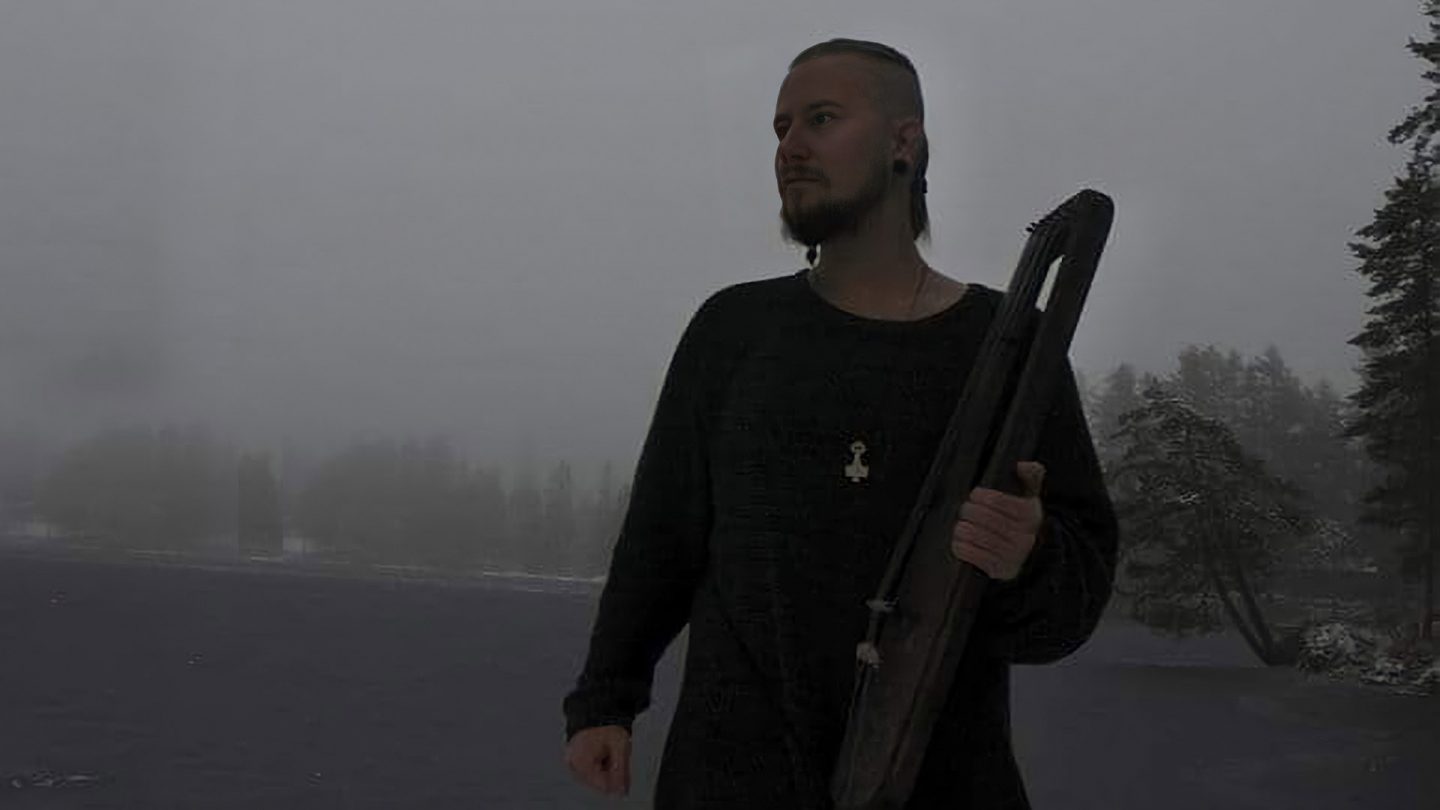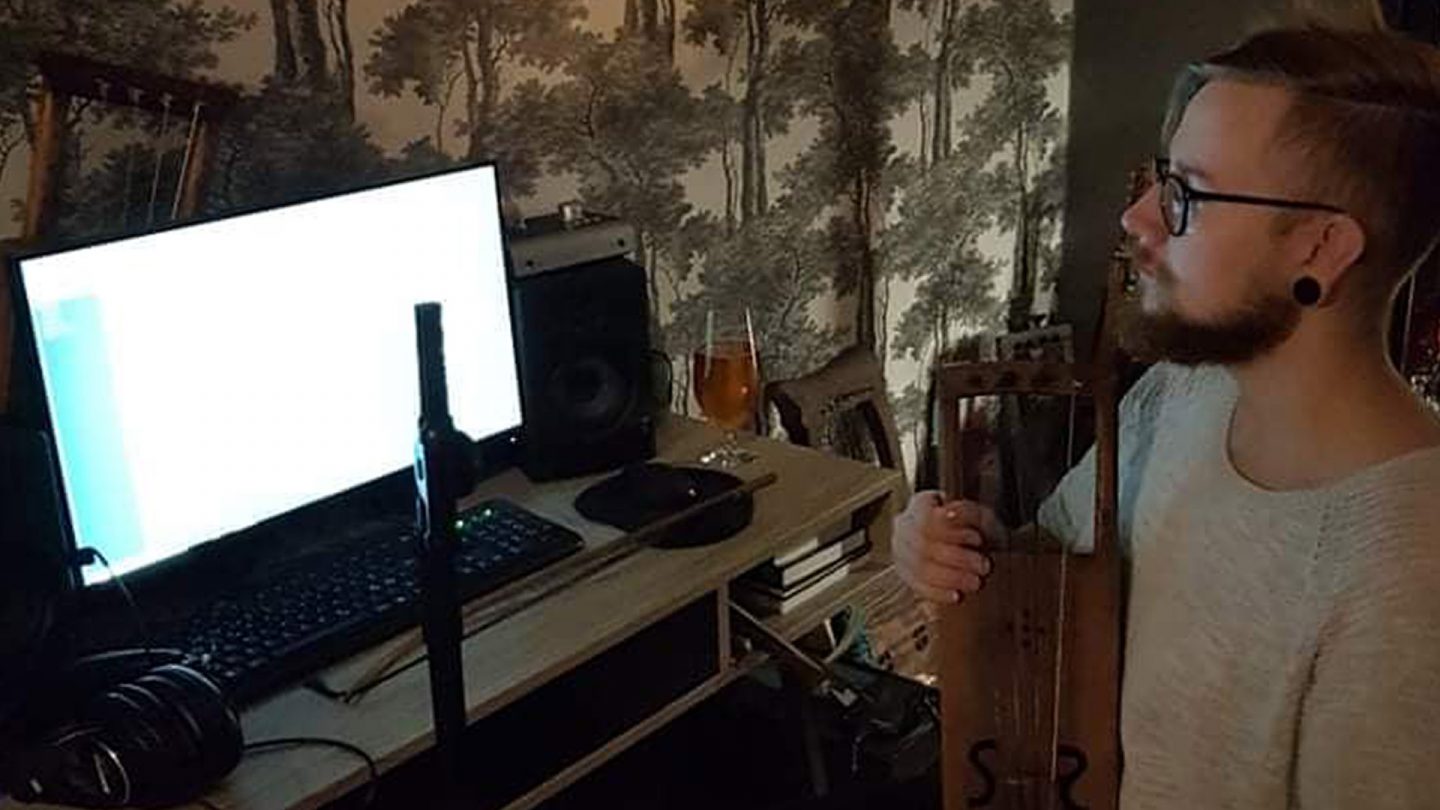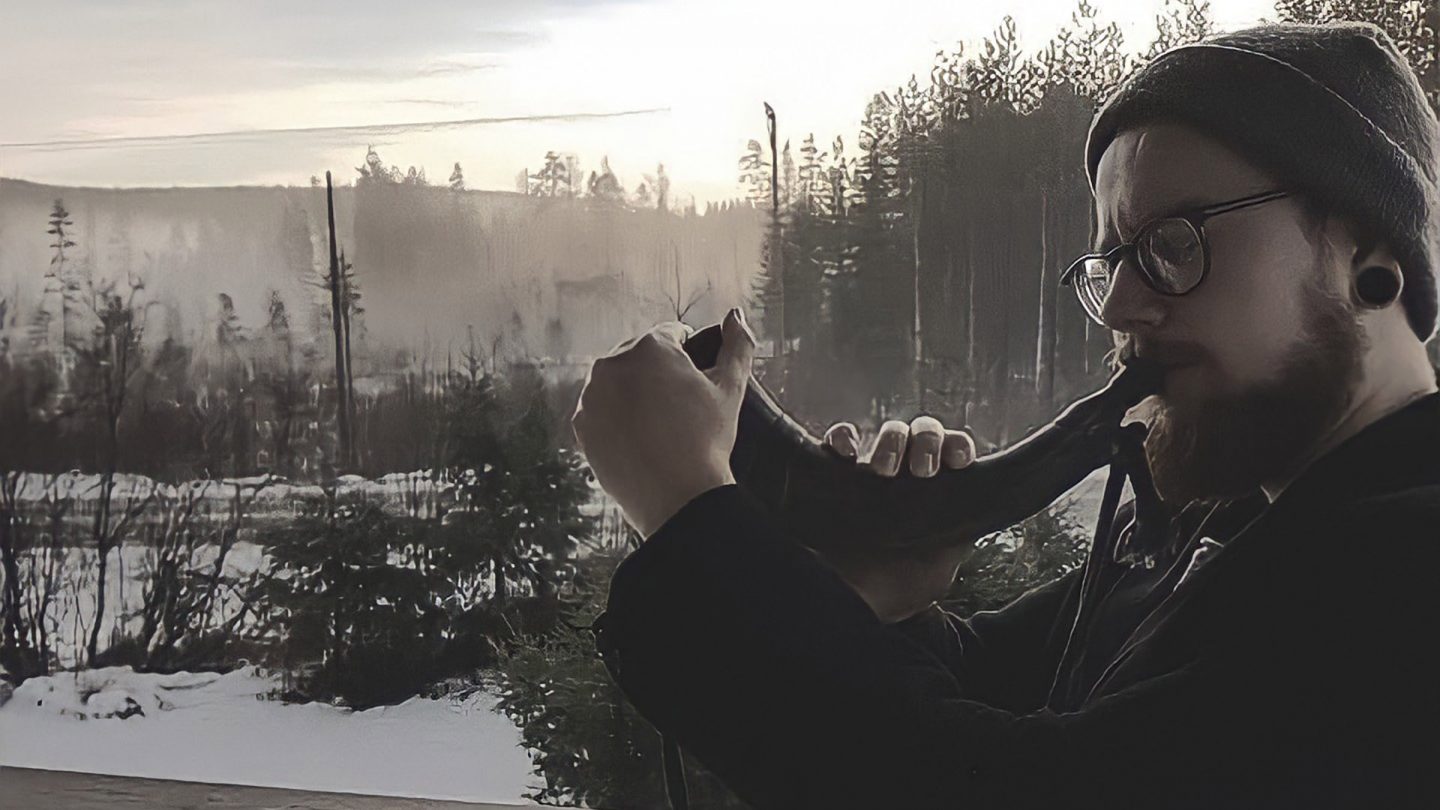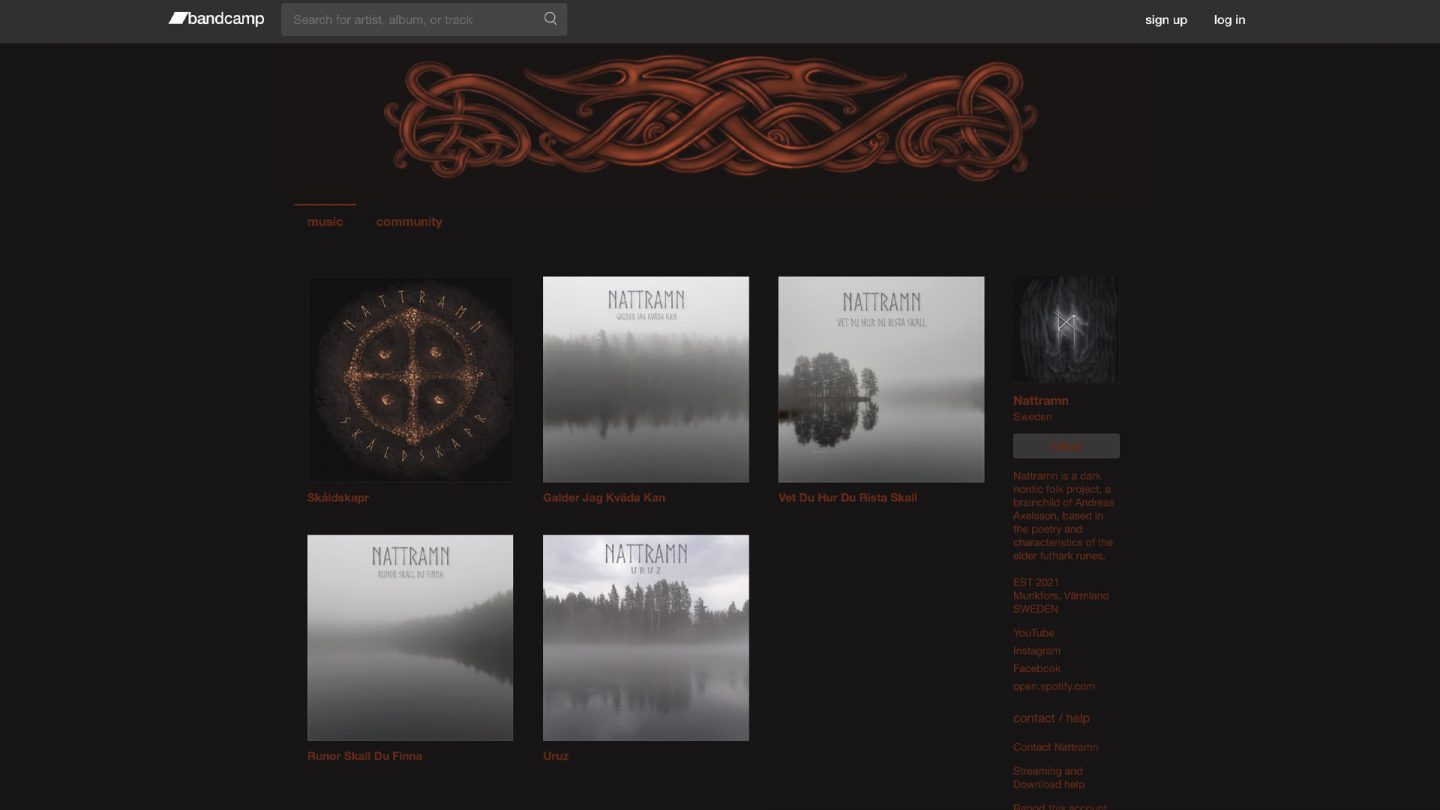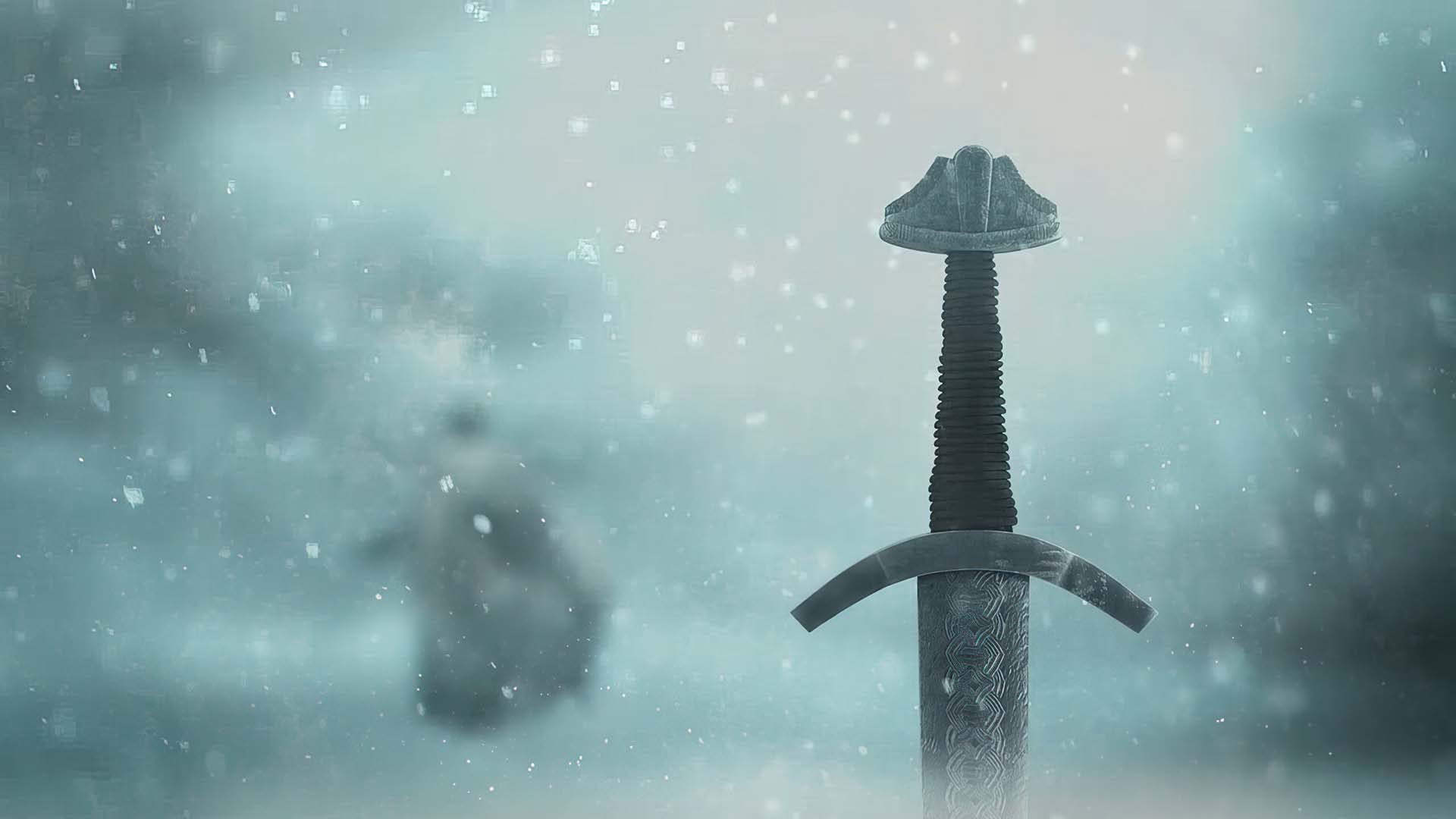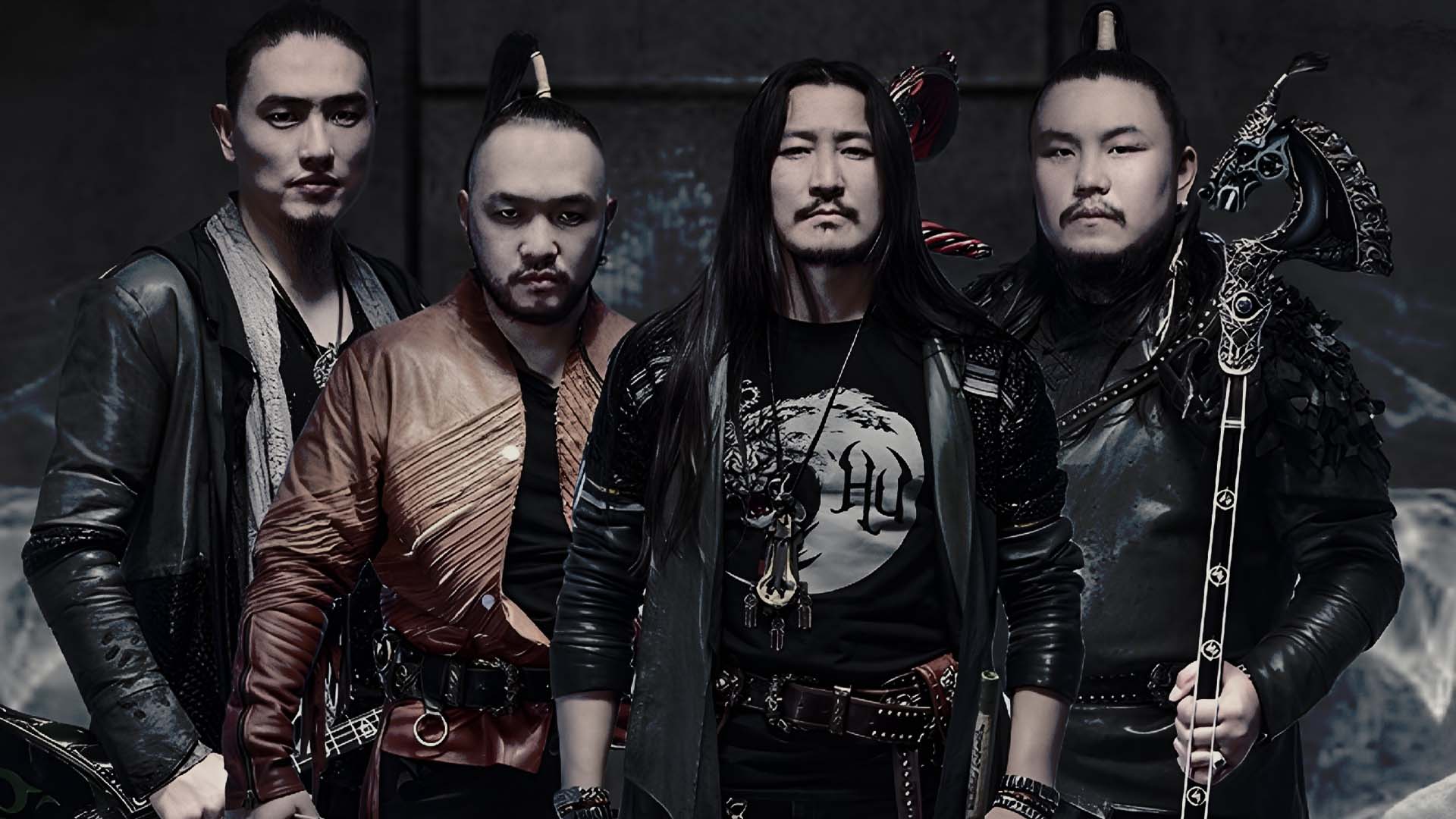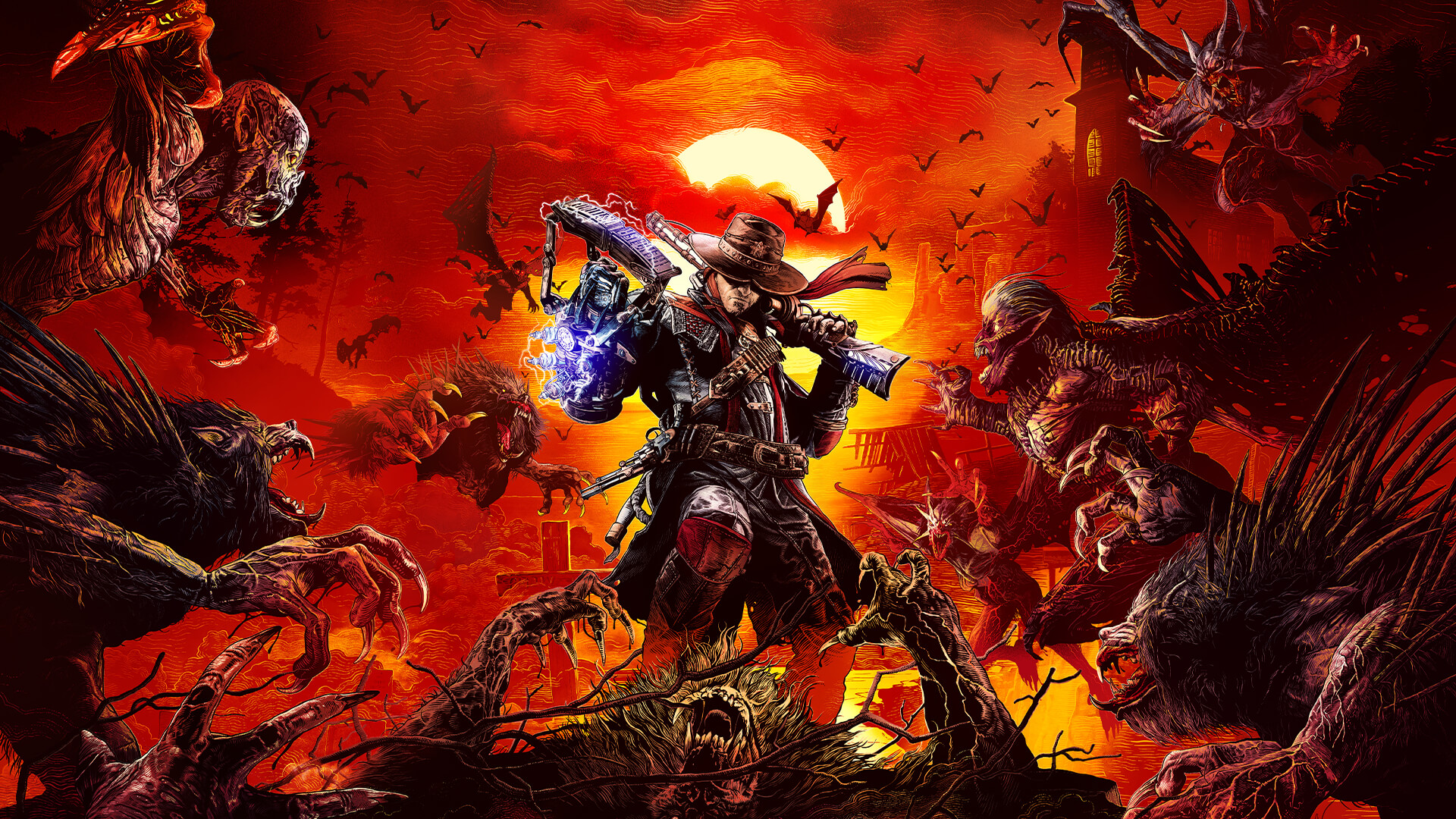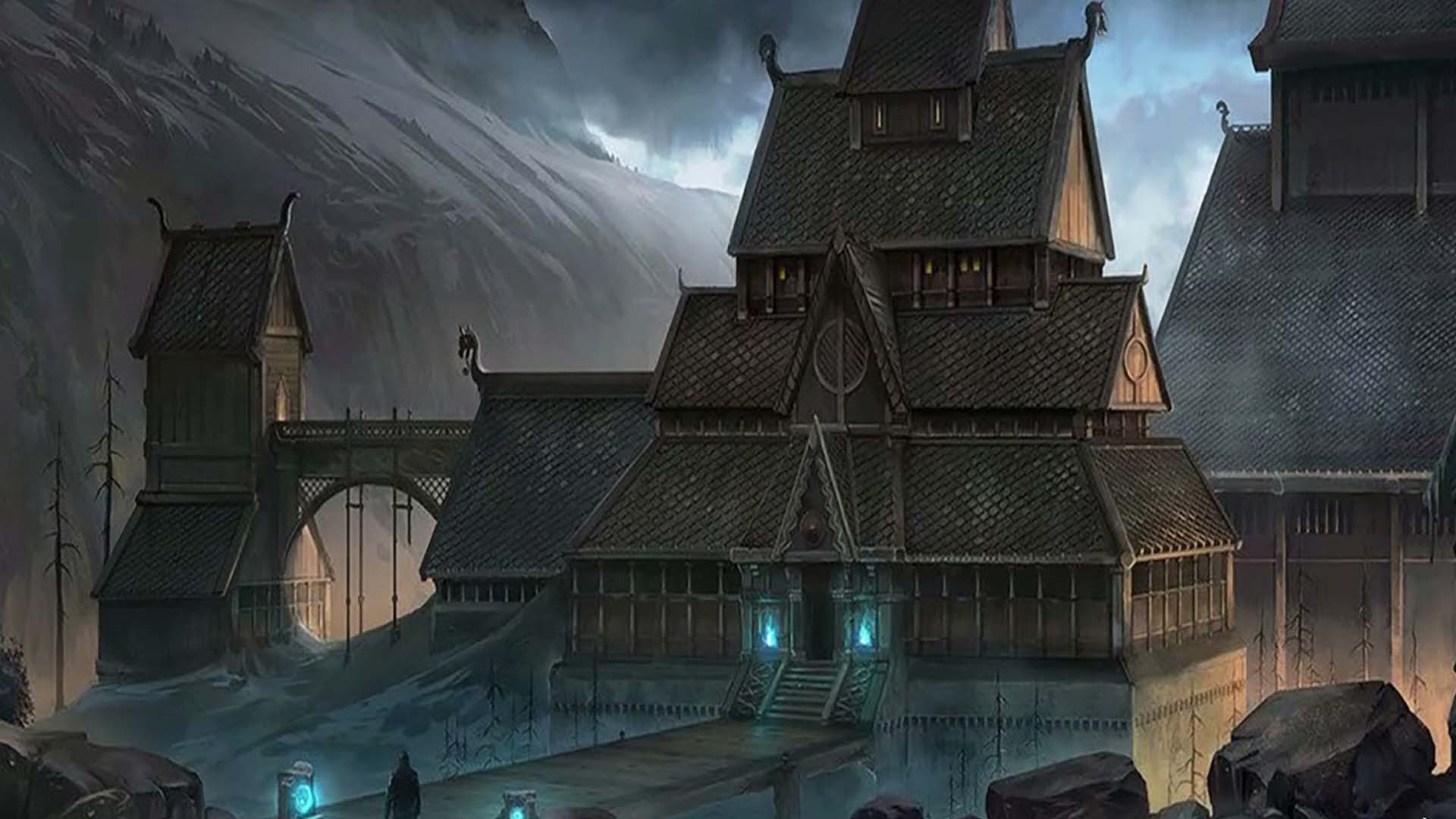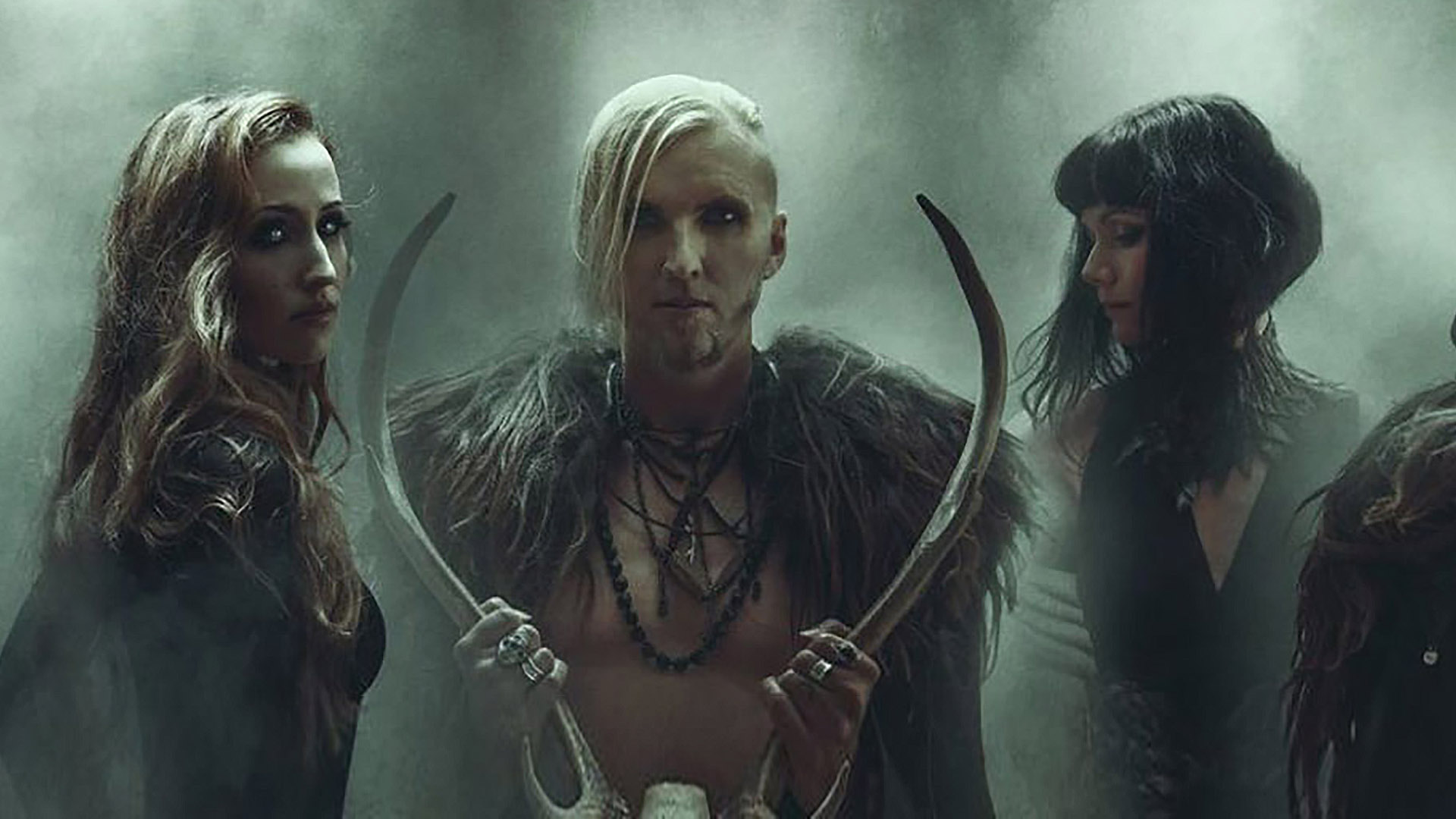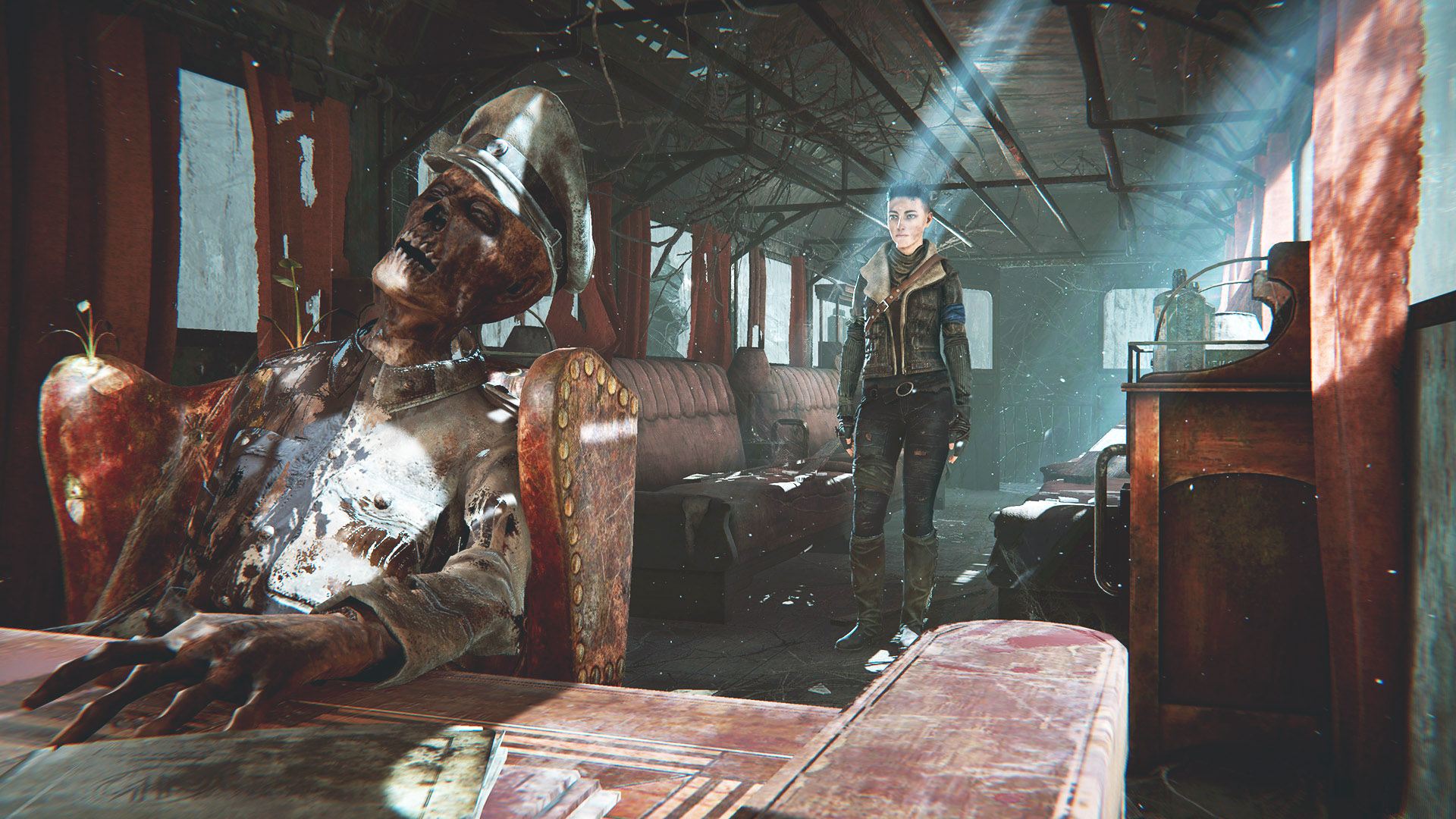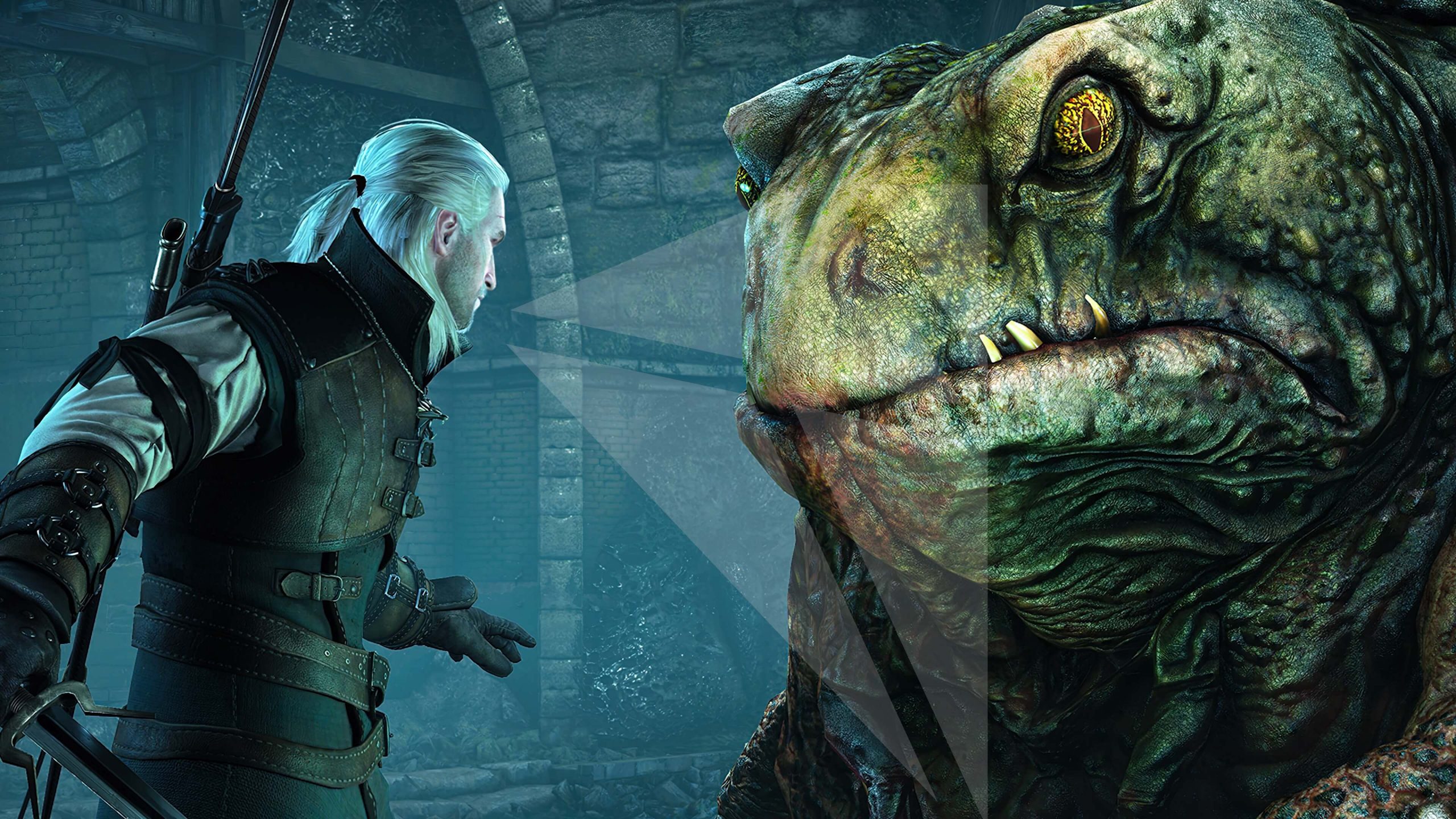February 12, 2022 — Swedish folk music artist Andreas Axelsson’s earlier Fornsken project underwent a rebirth last year, leaving behind the name Fornsken in favor of a new neofolk moniker, namely that of Nattramn. Speaking recently to Kurgan Compass, Axelsson explained the nature of his project’s newfound identity and the nightly beast to which Nattramn owes its name.
“A Nattramn is a relatively unknown creature of Swedish folklore. It is the undead spirit of someone who was buried in unholy ground or committed suicide. Consistining of two words, Natt means night while Ramn is an old Swedish word for raven.” — Andreas Axelsson, Nattramn
Being a night raven, a ghoulish creature of the night, and the new nom-de-plume for Axelsson; Nattramn comes loaded with uncanny intrigue. Hence, Kurgan Compass™ reached out to discover more about the Värmland-based Swede, Andreas Axelsson, on music, identity, and things that go bump in the night.
Interview: The Nightly Return as a Raven
You have just started a new stage in your career, with a new album not far away. How are you feeling about the band, your music, and more generally, with so many things in motion?
I’m feeling good and very confident about it all. Although I am a bit tired, I am starting to see the light at the end of the tunnel. Many things are surely in motion, and this is merely the beginning of what I’ve envisioned.
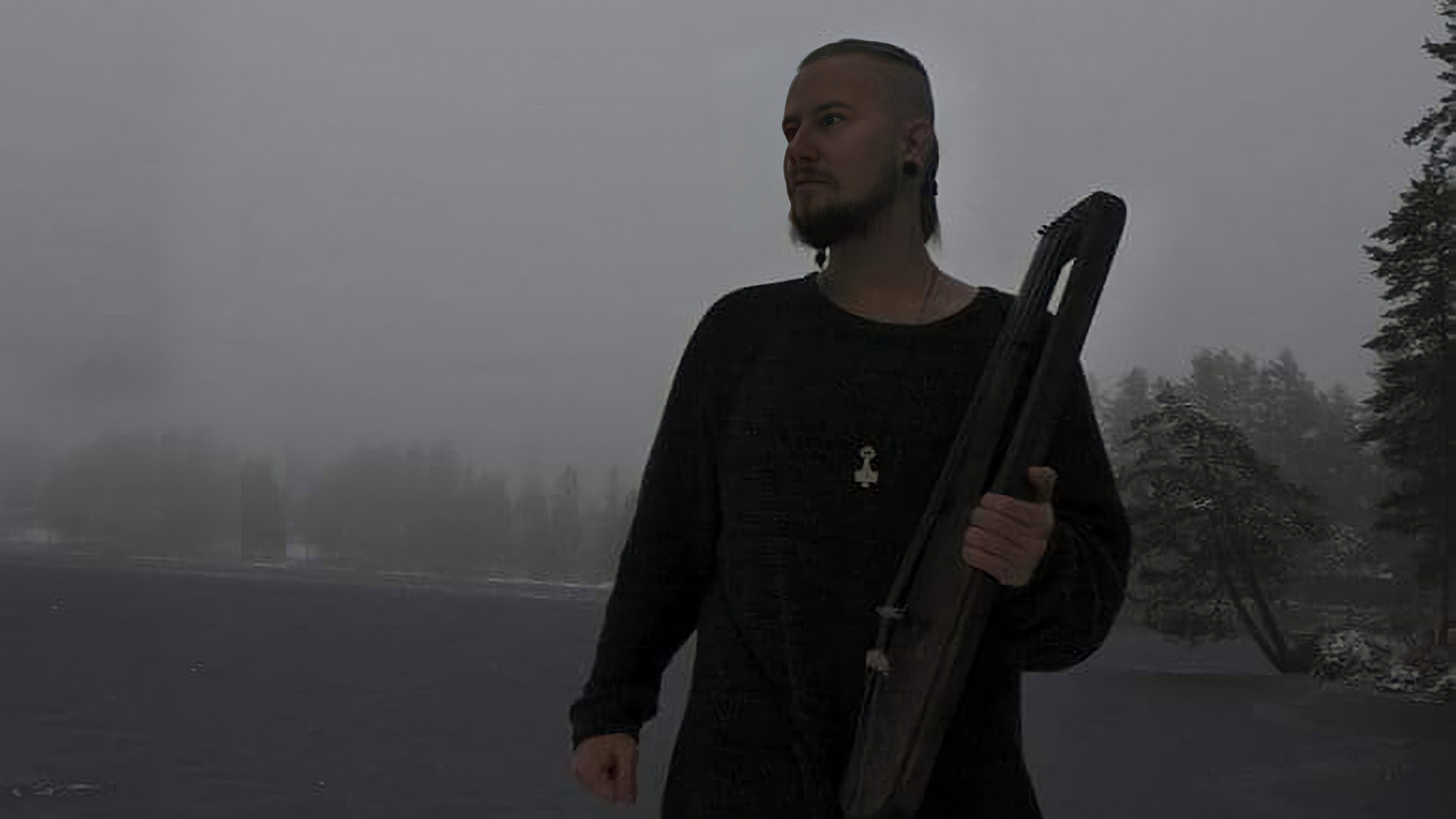
Andreas Axelsson with his Norse tagelharpa, also known as bowed harp.
I have got to ask early on in this interview about the mistaken identity that sometimes exists in the music industry. There is a wealth of musical heritage around the names of Andreas Axelsson (of Marduk and Edge of Sanity fame) and also Mikael Nilsson, of the Swedish black metal act Silencer’s Nattramn. Do you experience many confusing approaches from within the metal scene, or does your work in the neofolk genre set you far enough apart to get the right kind of attention?
I haven’t walked into any identity confusion so far. As you mention, my work in this genre does set me apart from most metal acts I suppose. The only thing that’s been problematic apparently is the band name Ursprung. Lots of people have tagged my Ursprung in various irrelevant things for some reason.
What was it that prompted you to rename your neofolk project from Fornsken to Nattramn, and how long had this change been in the works?
I started up Fornsken shortly after Ursprung’s last release- The name Fornsken was some sort of “emergency name” I came up with in uncertainty just to be able to continue writing music.
But as time passed this became something I didn’t want to ignore, especially before it was “too late” to change it.
I had to come up with something I felt could truly represent what I am doing.
[Editor’s Note: Ursprung is one of Andreas’ previous folk music projects.]
Your existing catalog is now available under the Nattramn name. How do you feel about your past work and the Fornsken name as you begin this new chapter?
I wouldn’t say it has crossed my mind all that much. It has given me the opportunity to remake a couple of songs I realized in hindsight that I don’t like as runic songs.
I am happy I’ve done what I’ve done with all my past work. I would say Nattramn has come three times as far as Fornsken did in no time, so I can’t complain.
Maybe I’ve burned some bridges, but I’ve also built new ones, so to speak.
“You can most likely expect to see Nattramn play live in smaller intimate settings, on the terms I decide myself.” — Andreas Axelsson, Nattramn
Taking on a new name can be a turning point for a project, marking a shift in sound and identity. How does Nattramn differ from Fornsken on a conceptual level, and what can we expect from the band moving forward?
Fornsken pretty much just turned into Nattramn, which is rather ironic considering what a Nattramn is, hehe.
You can most likely expect to see Nattramn play live in smaller intimate settings, on the terms I decide myself.
Musically the project won’t stray from the path I initially embarked on. I think the project’s sound will somewhat darken, but it will still flirt with the traditional sound I’ve been inspired by since the start.
Runic Poetry
As I recall, Fornsken’s musical output was inspired by the Elder Futhark runes. Does the ancient writing and divination system continue to play a strong role in your newer, and upcoming material?
Well yes, the runes will be highly present in future releases, it will already be noticed in the song Verja from the album Skáldskapr. I am planning to write a couple of songs around a certain stave rune soon.
As you’ve described before, the Nattramn is an undead being from Swedish folklore. What more can you tell us about this cryptid creature and how it relates to your recently revived projects?
The nattramn can be a couple of things traditionally, the nattramn can be the spirit of someone who committed suicide or the spirit of an unbaptized dead child hidden away in the woods from being buried in holy grounds.
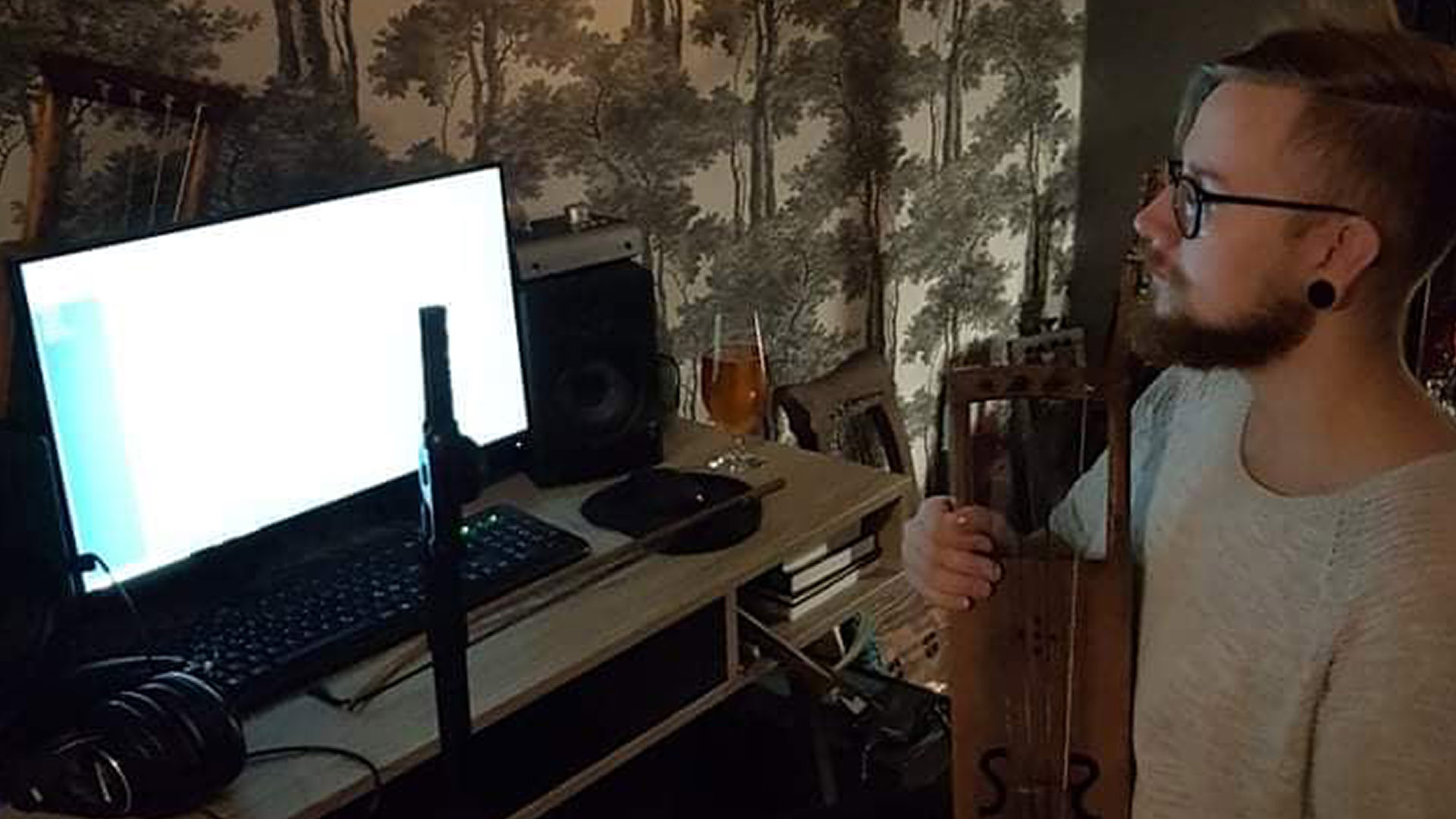
Axelsson getting ready to bring forth ancient tones for his distinct flair of Nordic folk.
The nattramn only appear at night and usually during major holidays.
It flies in the air in the form of a raven, and emits a creaking sound, resembling the squeak of an unlubricated wagon wheel.
To me, the Nattramn represents a time that’s come and gone but is not completely gone, as it lingers around spiritually for those willing to see it.
Your most recent album Skáldskapr was released on December 20 last year on Bandcamp and all major platforms. What can you tell us about Skáldskapr and the poems that inspired it?
The album cover was made by ‘vindurinnart’ on Instagram and I love it very much.
The name of the album, “Skáldskapr” translates to poetry, which basically is what the album is.
I wanted to capture the feeling of immersive storytelling from the past. And I believe I will have to do a second part to follow up this album someday.
The album talks about beginnings and ends… cycles. And also, great deeds.
I like the idea that we’re all still able to read all these poems from so long ago, and we’re all writing these songs of praise for their deeds and way of life.
There is something absolutely magical and eerie to it.
The intro song ‘Verja’ which means protection, is kind of an “incantation” to open up for a blot, you ask the four dwarves holding up the sky, Austri, Vestri, Norðri, Suðri for protection during the blot. But in this case, my playing through the album.
I think most people recognize ‘Dómr Um Dauðan Hvern’, it is the stanza 76 & 77 of Havámal. People die, cattle die, buildings that were built to withstand time forever also crumble to the ground one day. But the only thing here that doesn’t die is the stories of great deeds… the reputations. This song is sort of fundamental for the release. How will you be remembered?
‘Eitt Sinn Skal Hver Deyja’, which is the song that follows up and it talks about Þórir Jökull Steinfinnsson. A 13th-century warrior and much possibly a skald. Although there aren’t many poems that talk about him being a skald. The song ‘Eitt Sinn Skal Hver Deyja’ is the poem he recited just before his capture and execution in the year 1238. The song is about his life, yet gives some advice about life and death.
I’m not gonna have to say much about the next song, Egil Skallagrimssons poem Þat Mælti Mín Móðir. There is a story behind the poem of course, but it’s rather famous and self-explanatory.
‘Rúnatal’ — Tally of the runes, is basically the “wrap up” song for my previous runic albums, yet something new and fitting for this release. It talks about Odin finding the runes.
‘Vindöld’ — Wind Age is the song I imagine leading up to the next, ‘Níðhöggr’ which talks about the coming Ragnarök.
‘Söngr ok Öl’ — Song and Beer is a song about drinking. I think you need to read the lyrics of this one… it talks about both good and bad alcohol consumption. The good it has caused and the damage it’s doing. I suppose it is very relevant still today.
‘Til Árs ok Friðar ’is an instrumental that’s been with me for a long, long time but I never really knew where to place it or what to do with it. But I figured it would be great to end this album on a high note, so to speak. For a good [new] year and peace!
To Bergen, Back, and Beyond
Skáldskapr features vocals from Aethelwyne on the track ‘Mun þú mek, Man Ek þek’. How did this collaboration come about and who else would you like to record with in the future?
I’ve been listening to her work in Munknörr ever since they started out with their runic songs and I remember how impressed I was with the amazing vocals she did.
[Editor’s Note: Kurgan Compass interviewed Munknörr last year.]
They have inspired me very much in my own work. We haven’t had much contact or contact at all up until I approached her about this idea I had about ‘Mun þú mek, Man Ek þek’.
The song itself is based on an archaeological find from Bergen in Norway around year 700-800, where they found this piece of wood with runic inscriptions on it, which reads:
ᛘᚢᚾ᛫ᚦᚢ᛫ᛘᛂᚴ᛫ᛘᛅᚾ᛫ᛂᚴ᛫ᚦᛂᚴ᛫
ᚢᚾ᛫ᚦᚢ᛫ᛘᛂᛦ᛫ᛅᚾ᛫ᛂᚴ᛫ᚦᛂᛦ᛫
Mun þú mik,
man ek þik.
Unn þú mér,
ann ek þér.
In English, it translates to about:
Remember me,
I remember you.
Love me,
I love you.
So, it’s basically a love letter/love poem someone made and was most likely a gift to someone beloved.
Whoever wrote this and whoever it was given to is unknown. And once again, this is an eerie reflection from the past.
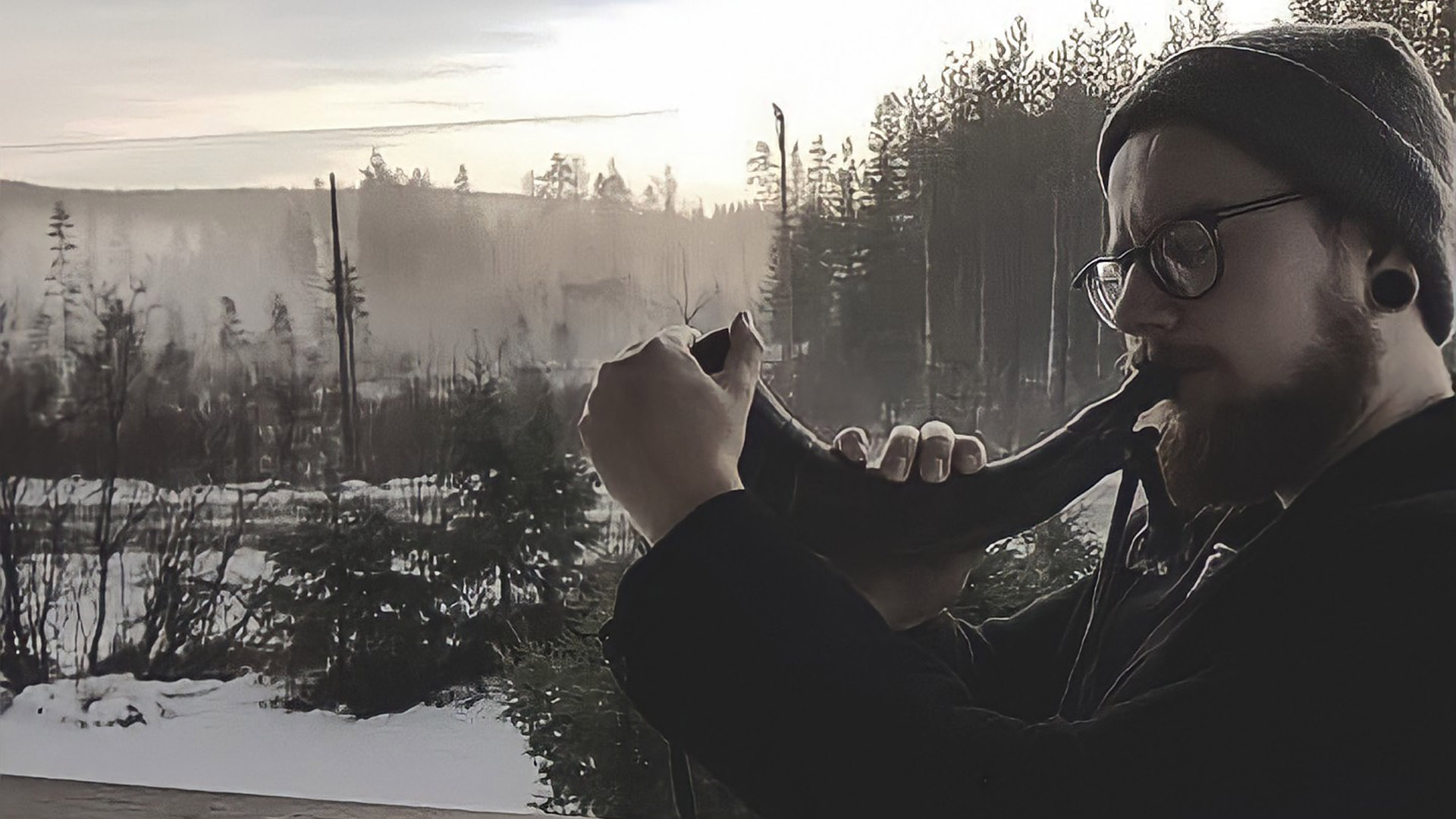
Axelsson blowing a bukkehorn aka ″Billy Goat Horn″ — an ancient Scandinavian wind instrument.
So, we made the song singing back and forth of each other, with the deep immersion of the storytelling part. As if a skald back then sang about a talk tale
I am super proud to have been working with her, she’s an amazing person and hopefully, we record some more music soon.
I want to, and am going to work with Morgan Ek on a fishing stave rune album. We’re just trying to find the right time and place to do this.
So far, we’ve just gathered information and ideas around the concept of it. Morgan and I have been playing music before and he’s an absolutely all-around talented good guy. Looking forward to doing this one!
Between runes, folklore, and ancient culture, you already have a broad palette of inspirations. What other media or activities do you enjoy and inform your art?
As mentioned above, fishing is something I’ve recently started to enjoy very much. And here it directly impacts an entire release.
I like to build instruments when I have time and feel inspired, and every once in a while, I can go skateboarding.
Most of all I value the free time I have between work, education, music creation, etc, where I can just enjoy my life with my girlfriend and two cats where we do whatever fits the mood.
What are your plans for the remainder of the winter season and for the year to come, 2022?
Apart from freezing to death, I am hoping to be able to play small intimate shows and record new music and upload small clips and hopefully music videos to YouTube.
Do you have any final messages for our readers and your listeners?
I want to thank everyone I’ve had the pleasure of working alongside.
“Take the time before time takes you.” — Andreas Axelsson, Nattramn
And I want to thank VindurinnArt for the artwork she has helped me out so much with!
Thank you Aethelwyne for your time and work on our song.
I suggest you check them out yourself for more Nordic-inspired art on Instagram: VindurinnArt
Aethelwyne’s personal Spotify — her first solo release called Mistborn. Check it out!
And most of all, THANK YOU! Everyone who has been supporting me and my music throughout the years, I am forever grateful!
And remember! Take the time before time takes you.
‘Skáldskapr’ and the full Nattramn back catalog are now available to stream on all major music services and can also be purchased on the Nattramn Bandcamp page.
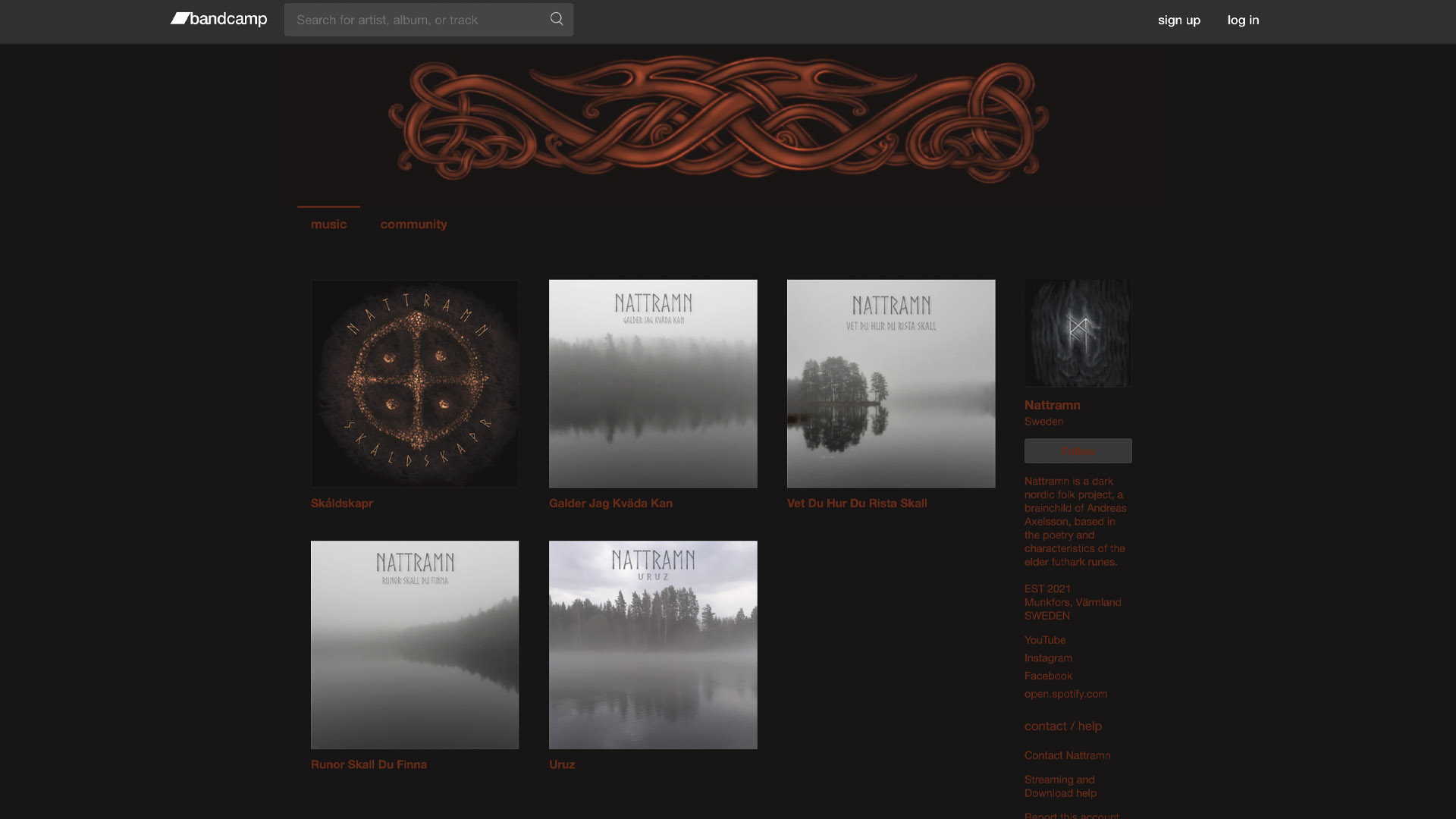
Nattramn’s visual aesthetic as seen on Bandcamp. [Editor’s Note: Captured February, 2022]





